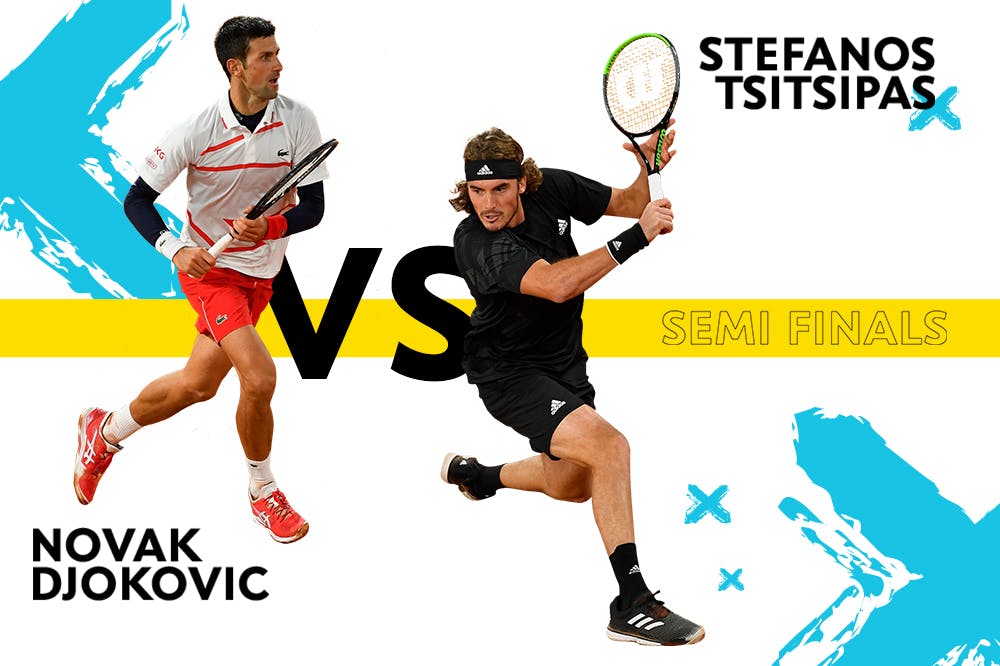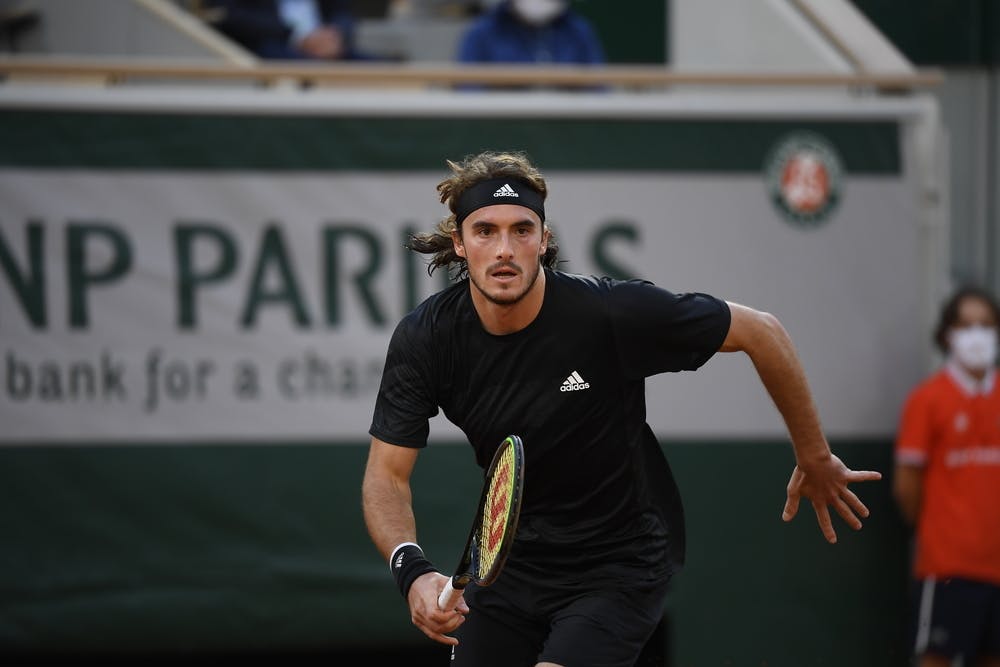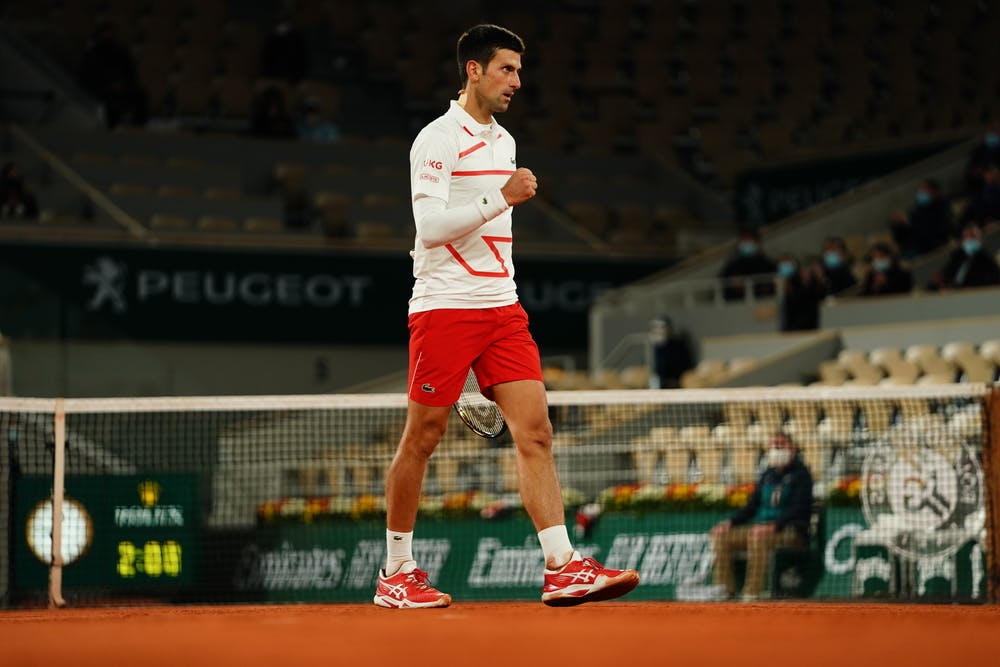What they said
Djokovic on Tsitsipas:
“He has an all-around game. He's a big guy, big serve. He has weapons, obviously serve and forehand, his backhand. He produces a lot of spin. He comes into the net. He can play aggressively. He can defend well because he moves well.
“Semi-finals of a Grand Slam, this is what you expect. You expect to play a top-five, top-10 player. This is what I get. I'm hopefully going to be able to feel my best and play my best.”
Tsitsipas on whether one of the Next Gen players can win the next Grand Slam:
“First of all, I would like to tell you that I'm not a Next Gen player anymore. I'm a proper adult.
“Second of all, for sure it's going to come at some point. Let's face it. Yeah, the big three have been there for a long time. I don't feel like it's going to be the same in five, six years' time, I believe.
“Third of all, I'm happy to be playing well enough, also be part of something so special. Next Gen is not Next Gen anymore. We are all young. I guess you can call it that way.
 ROLAND-GARROS
19 May - 8 June 2025
ROLAND-GARROS
19 May - 8 June 2025





 © Julien Crosnier/FFT
© Julien Crosnier/FFT ©Nicolas Gouhier / FFT
©Nicolas Gouhier / FFT